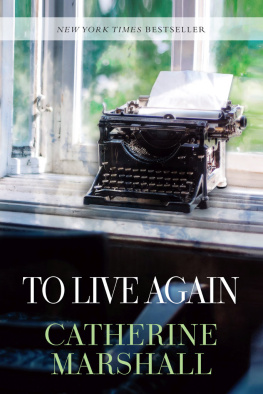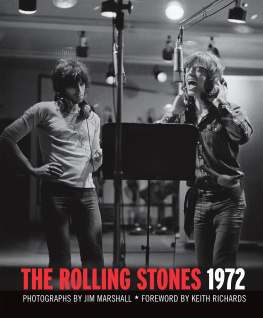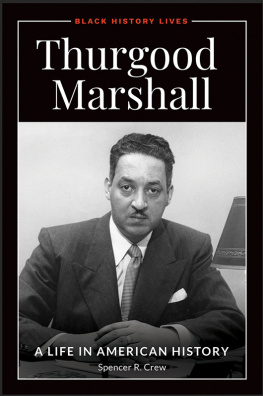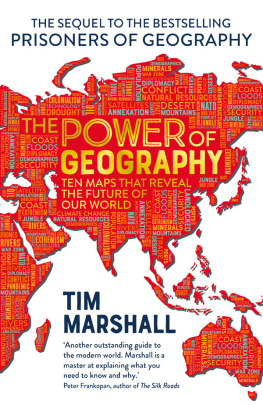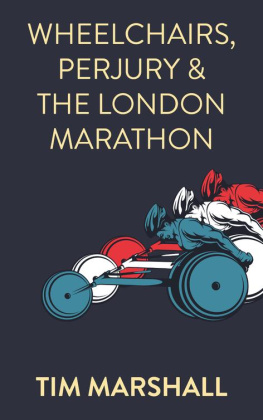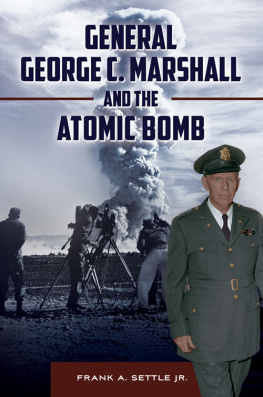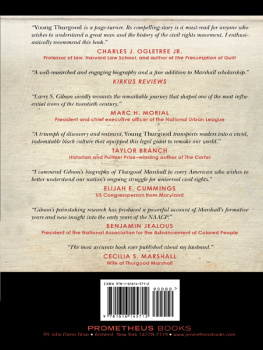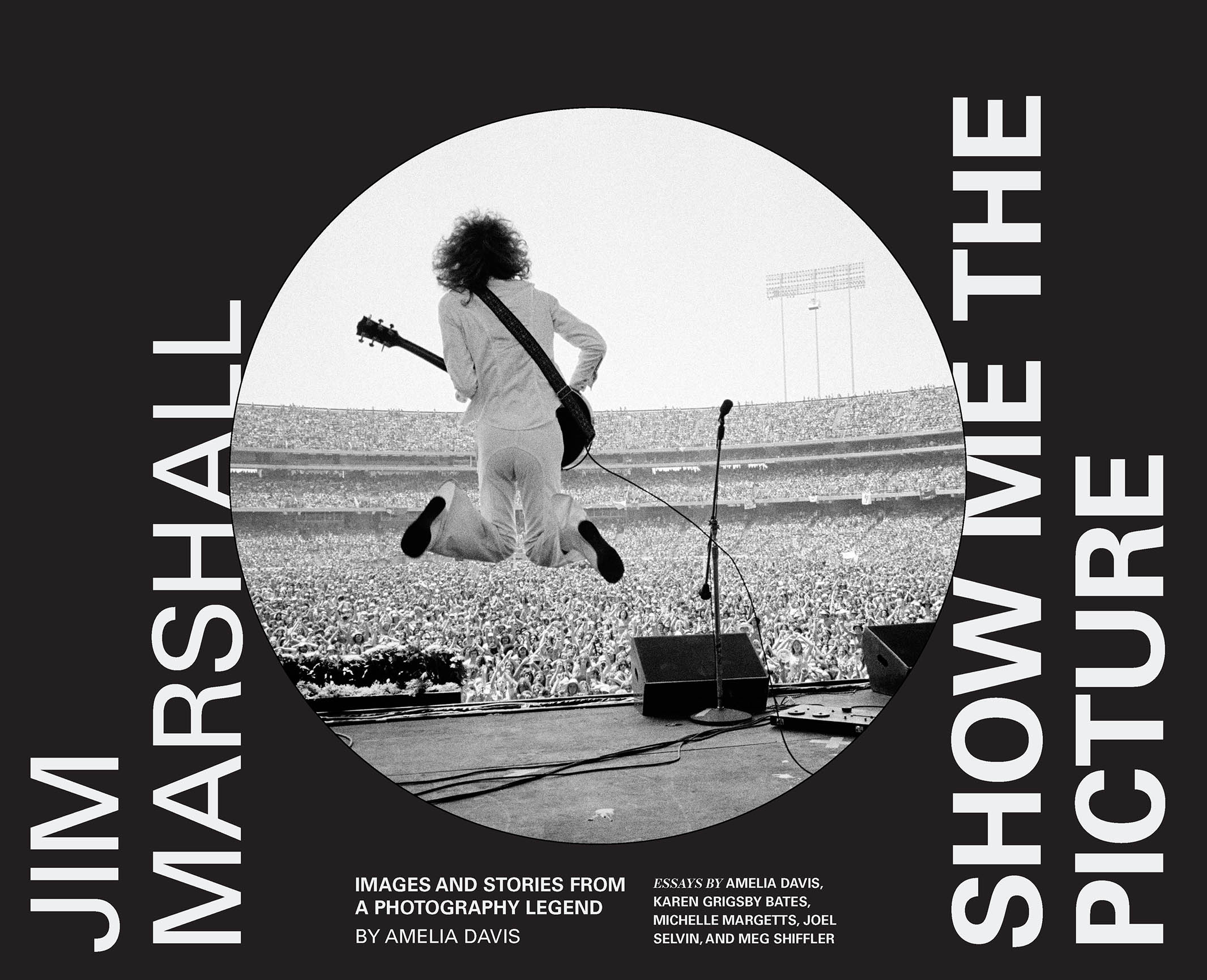


FOR JIM.

Essays copyright 2019 by the individual writers.
All other text copyright 2019 by Amelia Davis.
Photography copyright 2019 by Jim Marshall Photography LLC.
All rights reserved. No part of this book may be reproduced in any form without written permission from the publisher.
: Jim Marshalls Leica camera. Photo by Alex Ramos.
ISBN 9781452180595 (epub, mobi)
Library of Congress Cataloging-in-Publication Data
Names: Marshall, Jim, 1936-2010, photographer. | Davis, Amelia, 1968- writer of added commentary.
Title: Jim Marshall : show me the picture : images and stories from a photography legend / by Amelia Davis ; essays by Amelia Davis, Karen Grigsby Bates, Michelle Margetts, Joel Selvin, and Meg Shiffler.
Other titles: Show me the picture
Description: San Francisco : Chronicle Books, [2019] | Includes index.
Identifiers: LCCN 2018056849 | ISBN 9781452180373 (hardcover)
Subjects: LCSH: Photography, Artistic. | United StatesSocial life and customsPictorial works. | MusiciansPictorial works. | Marshall, Jim, 1936-2010. | PhotographersUnited StatesBiography.
Classification: LCC TR655 .M37437 2019 | DDC 779.092dc23 LC record available at https://lccn.loc.gov/2018056849
Design by Allison Weiner.
Chronicle books and gifts are available at special quantity discounts to corporations, professional associations, literacy programs, and other organizations. For details and discount information, please contact our premiums department at or at 1-800-759-0190.
Chronicle Books LLC
680 Second Street
San Francisco, California 94107
www.chroniclebooks.com
CONTENTS
MEG SHIFFLER
Michelle Margetts
Michelle Margetts
KAREN GRIGSBY BATES
Michelle Margetts with Amelia Davis
Michelle Margetts
JOEL SELVIN
Michelle Margetts
Michelle Margetts
Michelle Margetts
Michelle Margetts
MICHELLE MARGETTS
Michelle Margetts
Michelle Margetts
Michelle Margetts
Michelle Margetts
AMELIA DAVIS
Michelle Margetts
Amelia Davis with Michelle Margetts
Michelle Margetts

OTIS REDDING, Monterey Pop Festival, Monterey, California, 1967
Theres a lot of cats running around with cameras, but theres only a few photographers . And, you know, Marshall was one of those cats.... Jim didnt have to be competitive. He knew he was the best one in the room, and the people who were in the room knew he was the best one in the room.
BRUCE TALAMON
THE EARLY YEARS: DRIVE, VISION, AND INTEGRITY
MEG SHIFFLER

Black musicians still had to fight to perform in venues in non-black neighborhoods, even though the black and white locals of the American Federation of Musicians had merged. North Beach, San Francisco, 1960.
WHEN HISTORIANS CONSIDER JIM MARSHALL, it is as both a master documentary photographer intent on capturing concerts, musicians, and audiences over a fifty-year period and as a photojournalist on assignment to illustrate particular stories. But Marshalls work also included capturing events associated with civic and social movements that changed the course of American history. Marshalls early work illuminates how he honed the technical skills and unique visual storytelling that define his iconic portfolio.
Working with the Jim Marshall estate to curate the 2017 exhibition Jim Marshalls 1967, I took a deep dive into the five hundred thousandplus image archive and discovered both the breadth of his practice as well as the consistency of his aesthetic. The earliest images in the archive, taken by Marshall as a teenager in San Francisco, feature young women at Bay Area drag races, presaging his lifelong interest in beauty, fast cars, and American subcultures. After Marshall was honorably discharged from the Air Force in 1959, he moved into his mothers house in the Fillmore neighborhood of San Francisco, bought his first Leica camera, and started his life as a photographer in earnest.
During the day, Marshall photographed life on the streets and in cafs across the Bay Area, and developed his extraordinary ability to shoot his subjects using only available light sources, a technical choice he was devoted to throughout his career. In these early candid shots, he focused mostly on people rather than architecture or landscape, placing his subjects at the forefront or midframe so that facial expressions and small gestures take center stage.
Street photographers are anonymous to their subjects, but they are not always unseen. In some of Marshalls most successful images from this time period, individuals catch him in the act of pointing his lens their way. In a particularly masterful image from 1960, Marshall is very close to a couple outside a ravioli factory in the Italian neighborhood of North Beach. The woman is unconcerned or unaware of the camera, but the man brings a cigarette to the corner of his mouth, turns toward the lens, and raises one inquisitive eyebrow at Marshall just as the shutter clicks. Dramatic late-afternoon light, a charming setting complete with an unaware passerby, a vaguely mysterious and handsome couple, and high black-and-white contrast make this shot absolutely cinematic in scope.

The Fillmore District in San Francisco, 1961
In 1961, Marshall captured a woman standing in front of a mirror attached to a column on Fillmore Street. She has set her bag down and is squeezing cream onto her hand. Just before the shot is captured, she sees the photographer reflected in the mirror. Her eyes shift, her mouth parts, and she is caught mid-thought and mid-action in a moment of vulnerability. There is a lot going on in this photographbuildings, advertisements, cars, foot traffic, reflectionsbut the eyes of Marshalls knowing subject draw viewers into the very center of the frame, and everything else becomes secondary.
Magazines and newspapers often licensed images like these to accompany articles and advertisements. However, Marshall compulsively shot life around him regardless of any intended commercial use. In the archive, contact sheets of early street photography illustrate a preternatural ability to identify a subject, find the light, compose the shot, and frame a complex narrative on the spot.
When the sun went down, Marshall photographed Beat poets and folk musicians performing their latest works in bars and smoky coffeehouses, stand-up comedians at small venues across San Francisco, and jazz musicians gigging in North Beach and the Fillmore District. He was at home in these venues, bastions that welcomed racially and economically diverse performers and enthusiasts. Marshall partied hard, and he nurtured a public persona often described as loud, stubborn, aggressive, blunt, and rude. Those who worked to scratch the surface, however, encountered his generosity, humor, kindness, and absolute devotion to individuals he respected. Performers, and musicians in particular, gave him both onstage and offstage access. They trusted that he would deliver images full of compassion and admiration, and never release unflattering shots to the public. In a 2007 interview, Marshall explained, You want to become accepted, like as a member of the band, only your instrument is the camera. While in San Francisco from 1959 to 1962, he established what would become lifelong relationships with some of the most influential musicians of the day, including John Coltrane and Miles Davis.
Next page

